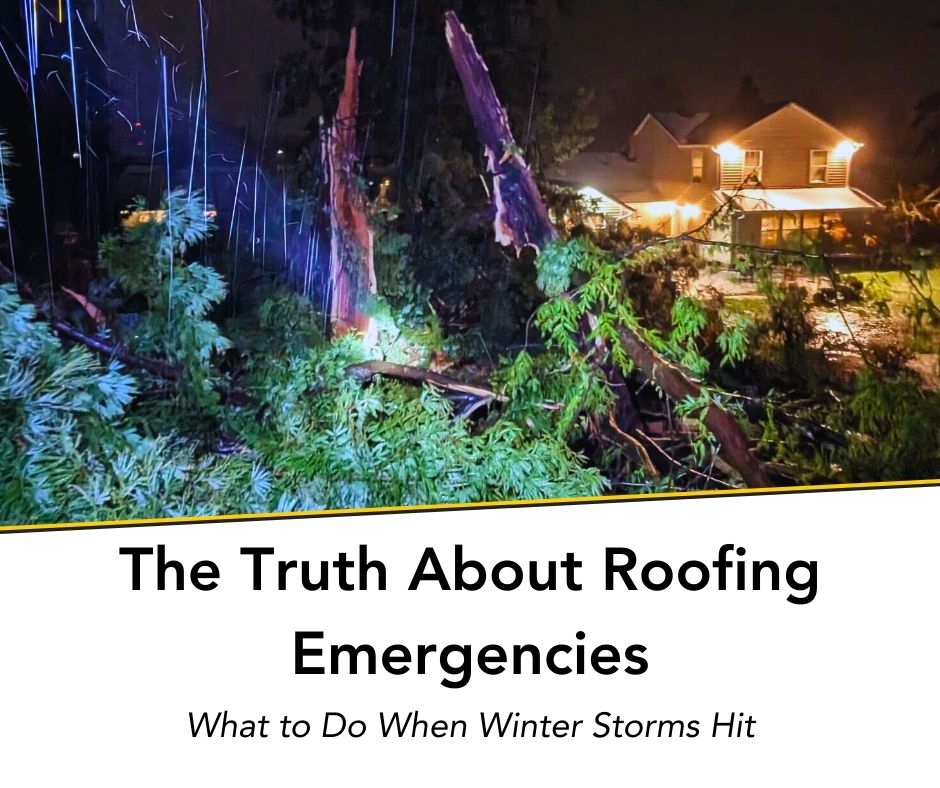
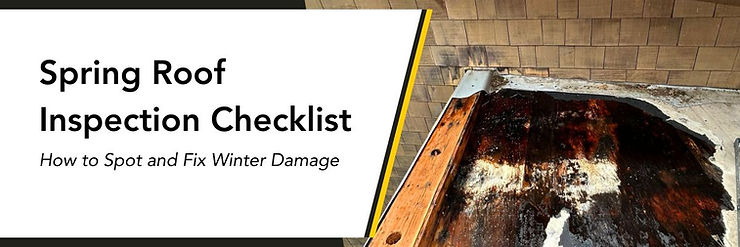
Winter in Oregon brings months of heavy rain, wind, and occasional snow. Your roofing system has likely taken a beating, but spring is finally here! Now is the perfect time to inspect your roof, catch any damage early, and prevent costly repairs down the line. With our Salem OR Roofing inspection checklist, we review what you can expect from an inspection. How we spot current or future problems and what solutions are available to you.
A well-maintained roof protects your home or business from leaks, mold, and structural issues. Follow this spring roof inspection checklist to spot winter damage and keep your roof in top shape!
Oregon’s winter storms can loosen, crack, or completely remove shingles. Walk around your property and check for:
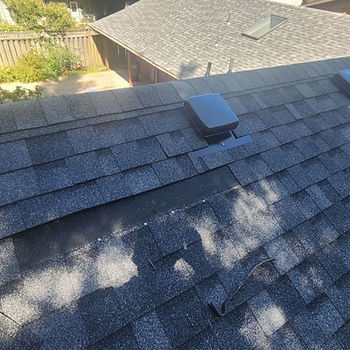
✔️ Missing shingles – These gaps expose your roof to leaks.
✔️ Curling or buckling shingles – Signs of weathering and moisture damage.
✔️ Cracked or broken shingles – Especially common in high-wind areas.
How to Fix It: If you notice damaged shingles, replacing them quickly prevents further deterioration. A roofing professional can assess if a simple repair is enough or if a larger section needs replacement.
Flashing is the metal material that seals joints and prevents water from seeping into vulnerable areas. Over time, winter storms can loosen or corrode flashing, leading to leaks.
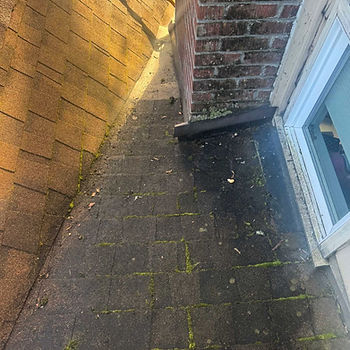
✔️ Look for rust or gaps in flashing around chimneys, vents, and skylights.
✔️ Check for cracked caulking or sealant around seams.
How to Fix It: Small gaps can often be resealed with roofing caulk, but if flashing is significantly damaged, a roofing professional should replace it.
Oregon’s rainy season washes leaves, twigs, and moss into gutters. Clogged gutters prevent proper drainage, leading to water pooling on your roof or overflowing near your foundation.
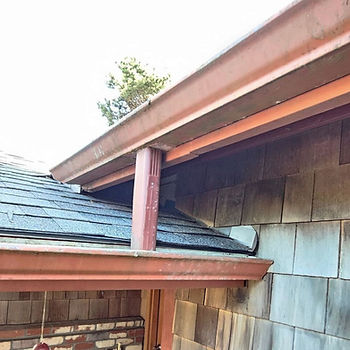
✔️ Clear out leaves, pine needles, and other debris.
✔️ Check for sagging or detached gutters.
✔️ Ensure downspouts direct water away from your home.
How to Fix It: Clean gutters prevent water damage and ice dams. If gutters are damaged or sagging, repair or replace them to maintain proper drainage.
Oregon’s damp climate is perfect for moss and algae to grow on roofs, especially in shaded areas. While moss may seem harmless, it traps moisture and can cause shingles to deteriorate faster.
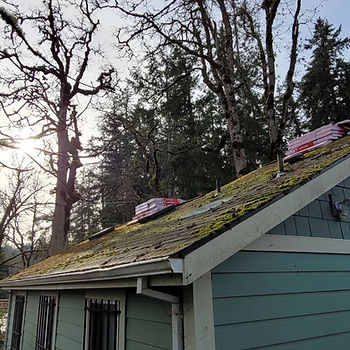
✔️ Check for green patches of moss or dark streaks of algae.
✔️ Look for lifting shingles where moss may be growing underneath.
How to Fix It: Gently remove moss with a soft brush or a moss-killing treatment. To prevent regrowth, install zinc or copper strips along the roof ridge.
Even if your roof looks fine from the outside, interior damage can reveal hidden problems. Head up to your attic and look for:
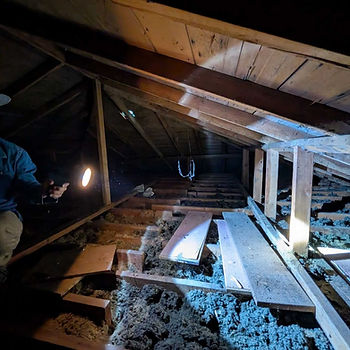
✔️ Water stains or damp insulation.
✔️ Visible daylight coming through the roof.
✔️ Mold or musty odors, indicating trapped moisture.
Fixing It: If you see signs of leaks, call a roofing contractor immediately. Proper attic ventilation and insulation help prevent future moisture issues.
While DIY inspections are great for catching obvious damage, a professional roofer can identify hidden issues and recommend the best course of action. Regular inspections are key to extending your roof’s lifespan and preventing costly repairs.
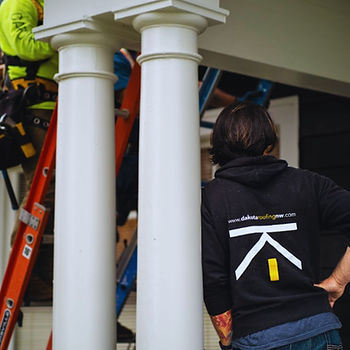
✔️ A professional can spot weak spots and early signs of deterioration.
✔️ They’ll provide expert recommendations for maintenance or repairs.
Fix It: Schedule a Spring roof inspection with a trusted Oregon roofing company to ensure your roof is ready for the seasons ahead.
Your roof is your home’s first line of defense against Oregon’s unpredictable weather. A spring roof inspection helps you catch winter damage early, preventing costly repairs and extending your roof’s lifespan.
If you spot signs of damage or just want peace of mind, contact our team or another local roofing expert for an inspection. A well-maintained roof means fewer headaches and a safer home or business all year long!
Need a professional spring roof inspection? Contact us today to schedule an appointment!



